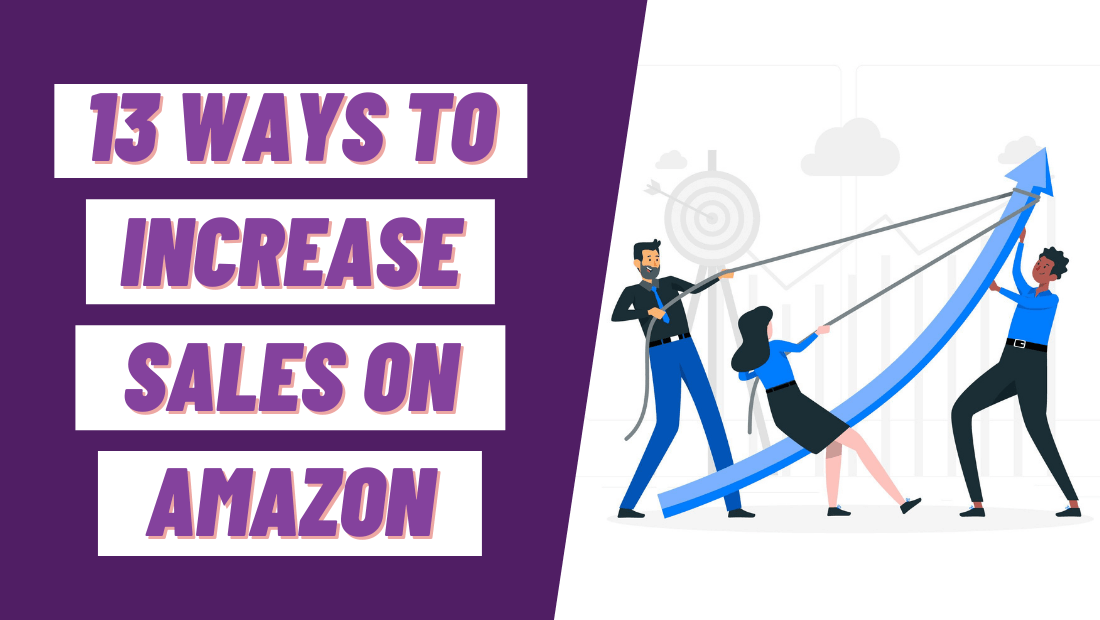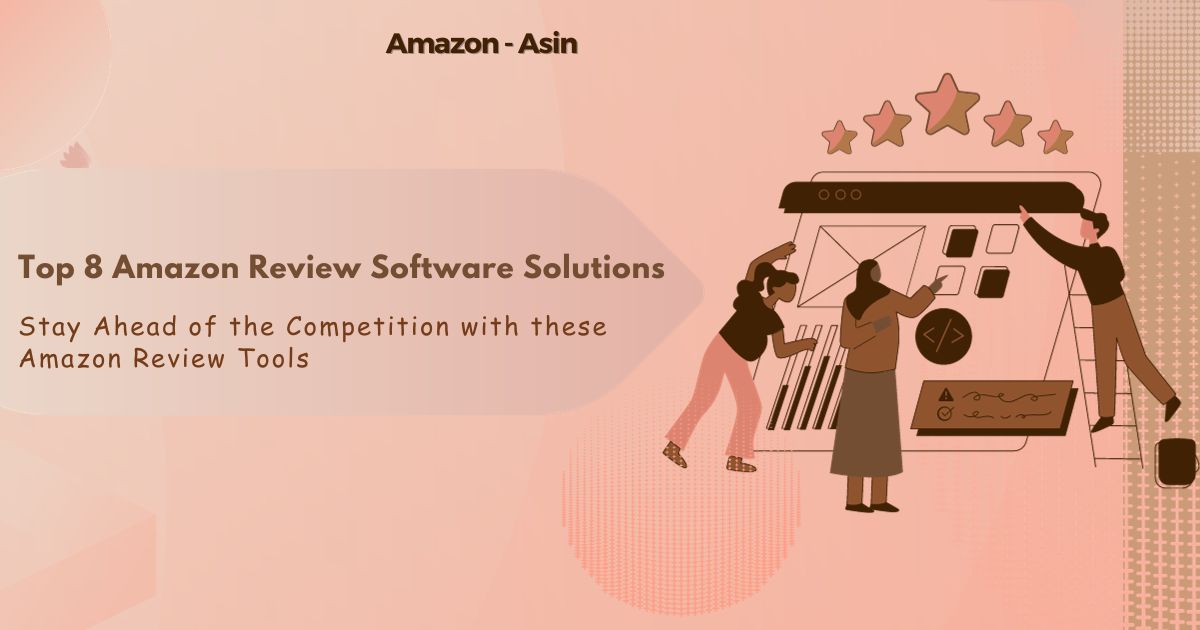So you’re using Amazon Advertising. But are you using it well? If you think you’ve got an efficient Amazon advertising strategy down pat, what do the numbers say? Are you pumping in endless advertising dollars but seeing few results? We’re firm believers of relying on data and proven strategies rather than guesswork. If you don’t have good results and a game plan to back up your Amazon Advertising strategy, odds are it’s not as efficient as it could be.
This comprehensive guide to efficient advertising strategy on Amazon was compiled from some of the best minds in the Amazon Advertising game, and is backed by real data, research, and hands-on experience from our in-house advertising team. Whether you’ve just started dabbling in the Amazon Advertising space or have been tinkering with it for a while, this guide will teach you something new about strategy creation and give you some ideas about how to stop throwing money at advertising and start spending efficiently where it counts.
Why Advertising on Amazon?
The fact that advertising on Amazon needs to be part of your overall Amazon sales strategy may seem like something that goes without saying. However, Amazon Advertising can quickly turn into a giant money dump unless you start with the end in mind.
If you’re not completely aware of how to strategize on Amazon Advertising, you’re going to end up wasting precious time and money. Here are reasons why a strategic investment in Amazon Advertising will pay off.
1. Understand ROI more clearly.
When someone clicks on an ad, Amazon tracks the whole buying experience—whether that person bought the product, ultimately bought from a competitor, or what other turns the customer took down the advertising funnel. Using Amazon Advertising clarifies the customer buying experience with metrics that will show you the return on
your investment (or lack thereof).
2. Do it for the data.
OK, OK, Amazon may be way behind Google and Facebook as far as sharing advertising data goes, but that doesn’t mean you can’t glean important info. from the ’Zon all the same. Brand Analytics, Amazon’s dashboard for brands in Seller Central, offers some juicy insights. Plus, many think 2020 is the year Amazon Advertising may start offering key data sets Google and Facebook have long offered and then some, like lifetime advertising data, a keyword planning feature, clean room technology, and even TACOS.
Quick Amazon Advertising Best Practices & Strategies
- Use all of Amazon’s advertising solutions together.
Sponsored Products, Sponsored Brands, Amazon Stores, DSP, Livestream, etc.
- Advertise all your products.
Why are you selling it if you don’t want to promote it? Have a basic campaign for all items for a 25% bid or with low bids so there’s a chance of it coming up. If there’s a product you don’t want to advertise because it doesn’t sell well or have good reviews, that’s a stronger reason to promote it. If you’re selling it you’re already selling it—just not as effectively. Feed all of your children!
- Use Automatic and Manual campaigns for your sponsored ads.
The average advertiser doesn’t think of using different types, but you need to understand that everything works in different ways. You want protein, carbs, and fat on your plate. If you’re only doing one, it’s not balanced and won’t work as well.
- Create strategic campaigns.
Like the ones we mention above. Here are a few more examples: All Catalog, Top Products, Low Traffic Items, New Products, Top Keywords, Complementary Products.
- Don’t set bids and budgets too low.
If you’re not getting the traffic that you want then your bid and budget are too low. If you have a low impression or click count then you know you’re bidding too low because you’re not winning any auctions.
Impressions is the best metric to measure here.
Remember, the whole purpose is to drive more traffic and get more people seeing your item. You have to spend more to win, but you can spend more efficiently.
- You can’t have too many keywords, don’t be afraid to start with keywords.
You’ll find that only a small percentage of the keywords that you use end up generating revenue, so you’ll want to use a large keyword set and refine it over time. If you don’t have enough impressions, and your bids are quite high, consider adding additional keywords. It doesn’t matter how low your ACoS is if you’re only converting on 1 keyword.
- Use Bidding Controls to optimize bids for top of search and detail page placement.
Allow Amazon to manipulate bids and allow your advertising team to set bid multipliers for multiple placements. When you get an impression, it can show up in a number of different places on Amazon, so the placement multiplier allows you to up the bid for the top slot.
- Strategically (and sparingly!) use Lightning Deals and Coupons.
Don’t train your customers to think there’s always going to be a discount around the corner. If you do, your advertising is going to be less effective.
- Have a plan for seasonality and new product launches.
Make a holiday plan. For example, have a normal campaign structure throughout the year, but make sure you have a plan in place for peak seasons. Make sure you’re aware of the time periods that are important for your items (e.g. back-to-school item, New Years, grills for summer, tools for Father’s Day, Christmas, etc.).
It doesn’t work to spend your budget evenly throughout the year. Allocate budget accordingly based on the cyclical nature of your business—don’t run out of budget at the end of the year on accident. Make a plan!
- Have clear goals and use the appropriate metrics to track them.
Amazon Advertising FAQ’s
What is automated advertising?
A series of tools that do part of the work (there’s no catch-all). For example, these tools schedule postings, run equations that help mathematically optimize your listings, and help you find keywords. However, these tools aren’t matching keywords and moving them for you.
What is algorithmic advertising?
Ads that are served up by an algorithm. Through an algorithmic placement in search, it’s all based on what a shopper is searching for so you’re not thinking about who your target customer is. Then display algorithms use potential customers browsing and shopping habits to target ads to them based on customer behavior. Note: Algorithmic optimization is not algorithmic advertising.
What are some of the benefits of using optimization technology?
You can save yourself time and get to ad spend efficiency quicker.
What are the results from automated optimization?
It depends on where you’re starting from. If, all of the sudden, you start using an automated tool, you’re going to see a huge lift. If you have seasoned campaigns through an intelligent process, you’re not going to get a tool and all of the sudden see 20% performance improvement. You’ll still see a bump, but the big value is the time savings from your current structure. It allows you to be more robust because, if you’re not optimizing your advertising yourself, you can focus more on high-level direction (where you need to spend your time), while the machine gets to be the operator.
Recommended to read: 12 Best Amazon PPC Optimization Tools for Sellers.
Is advertising just table stakes now?
You’re never going to be as successful as you could be without advertising, and you’re opening yourself up to significant brand erosion if you’re not advertising. So, yes.
Conclusion:
Amazon Advertising can help you sell more. But forking over more ad dollars doesn’t equate to more sales—you’ve got to be strategic. We hope our strategy development method shared in this eBook will help you approach your advertising in a new way, create efficient campaigns that don’t spend more than you need to, and help you reach your advertising goals on Amazon.
Pattern’s Advertising experts would love to share a personalized analysis with you of your current advertising strategy and how our PPC automated software, Predict, can help you reach your goals quicker.





3 Comments
Kelli Helms
Great Article
Thank you!